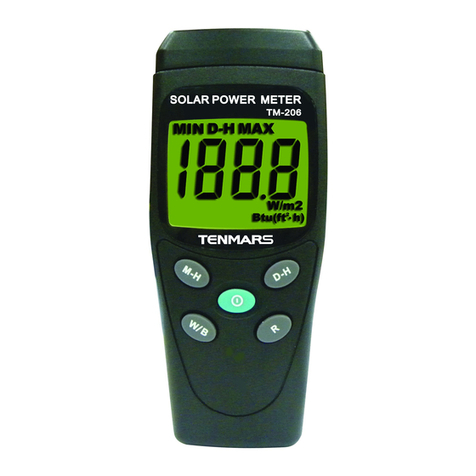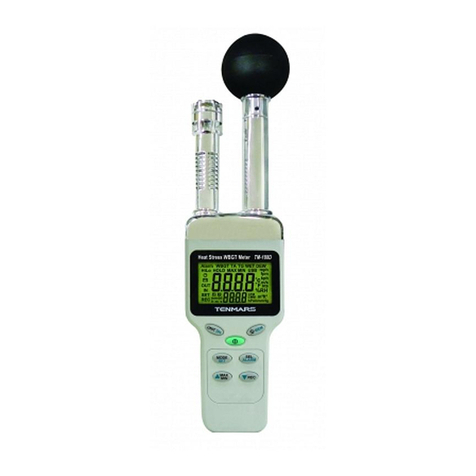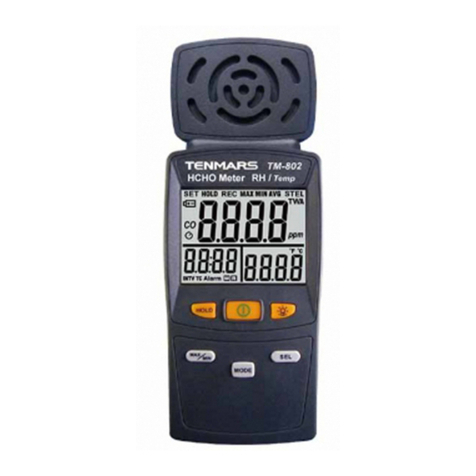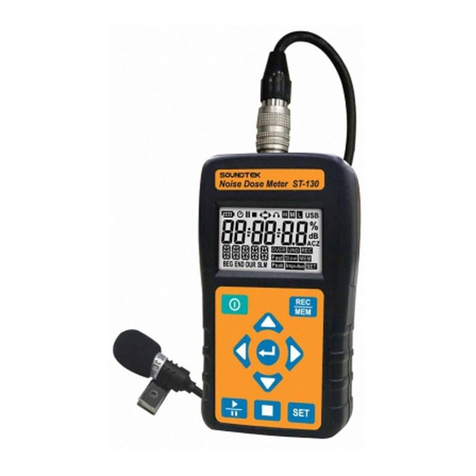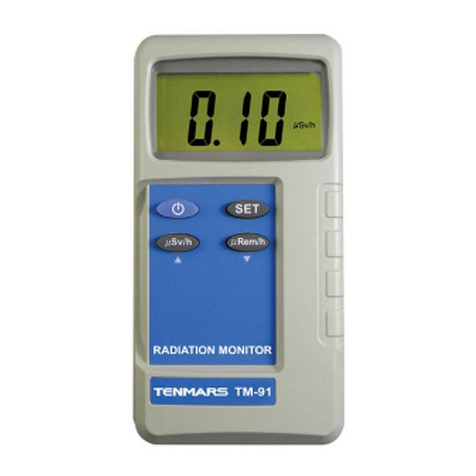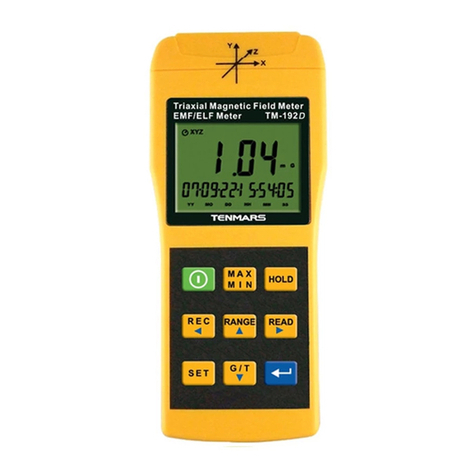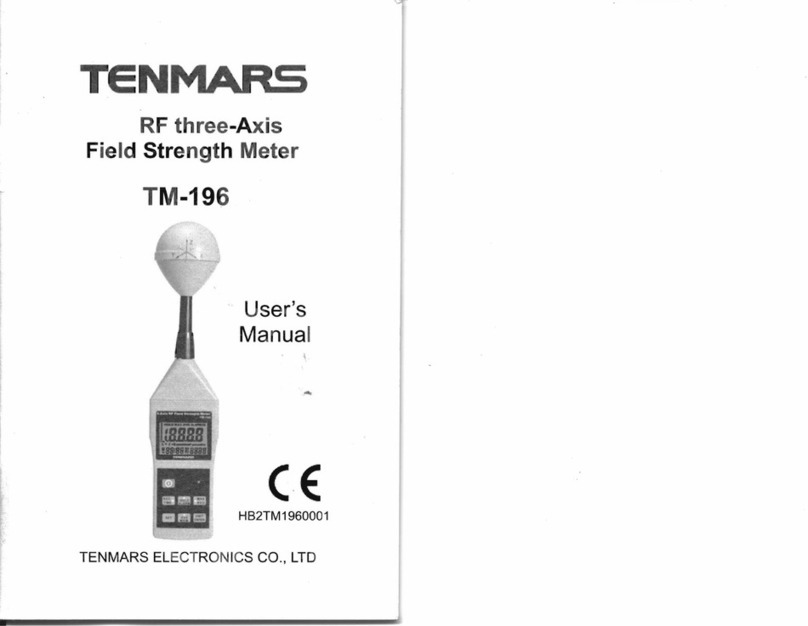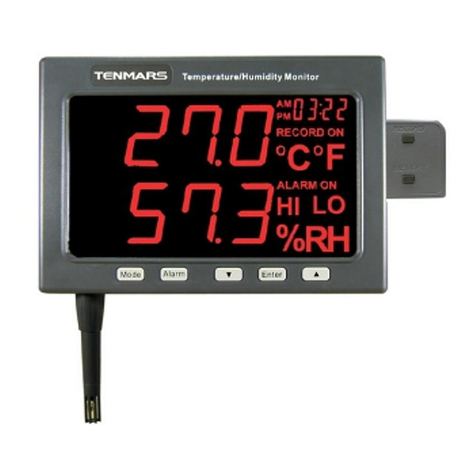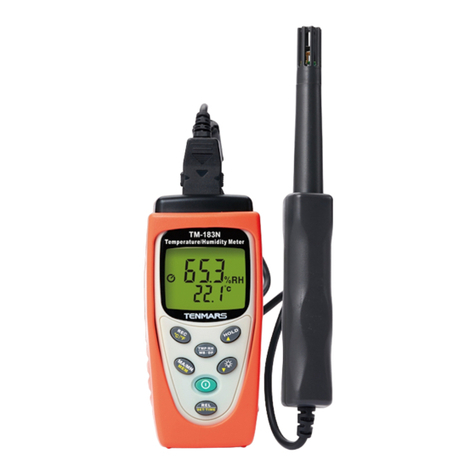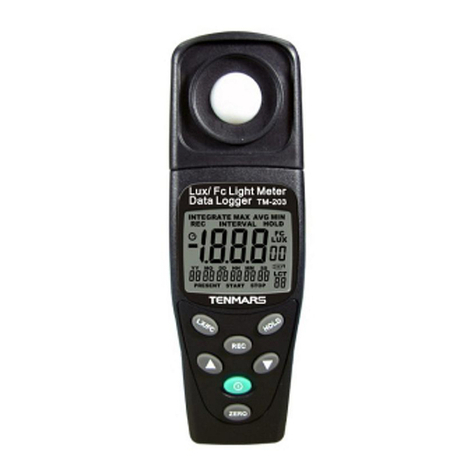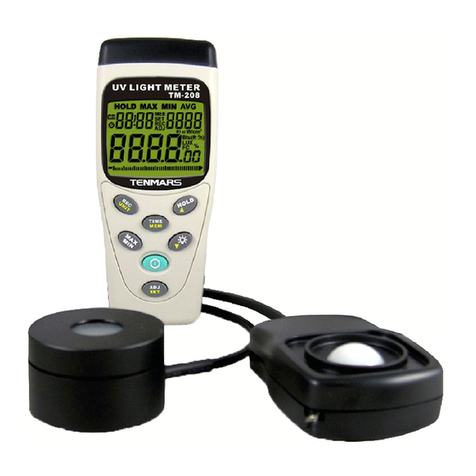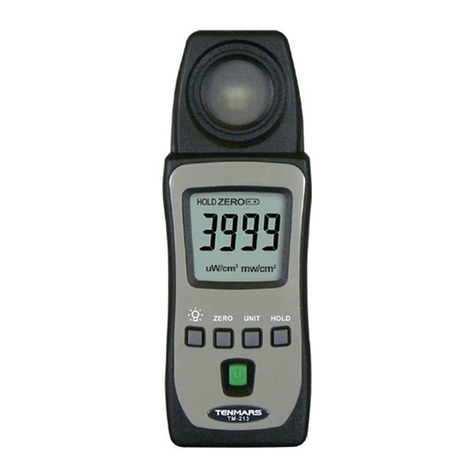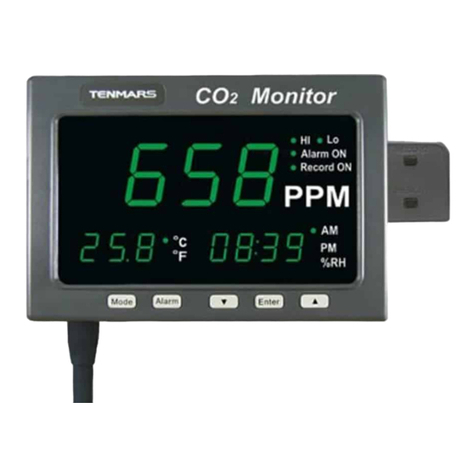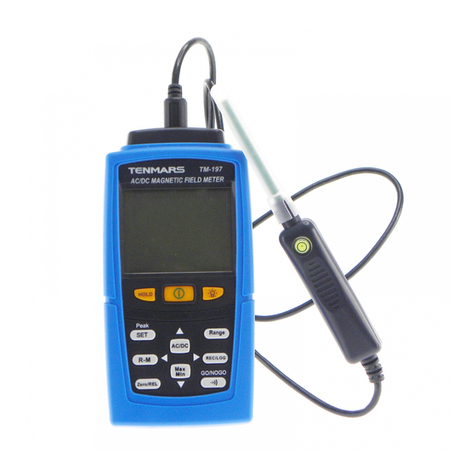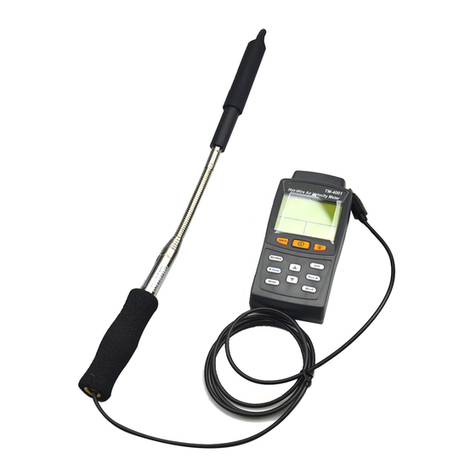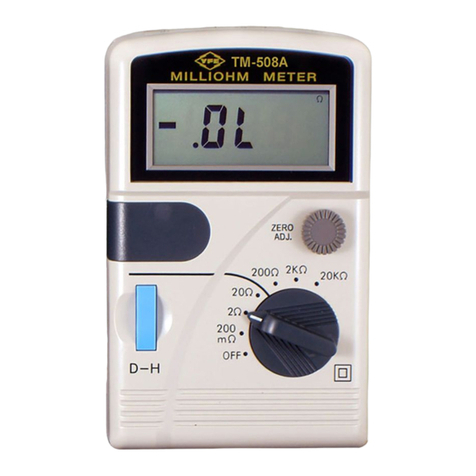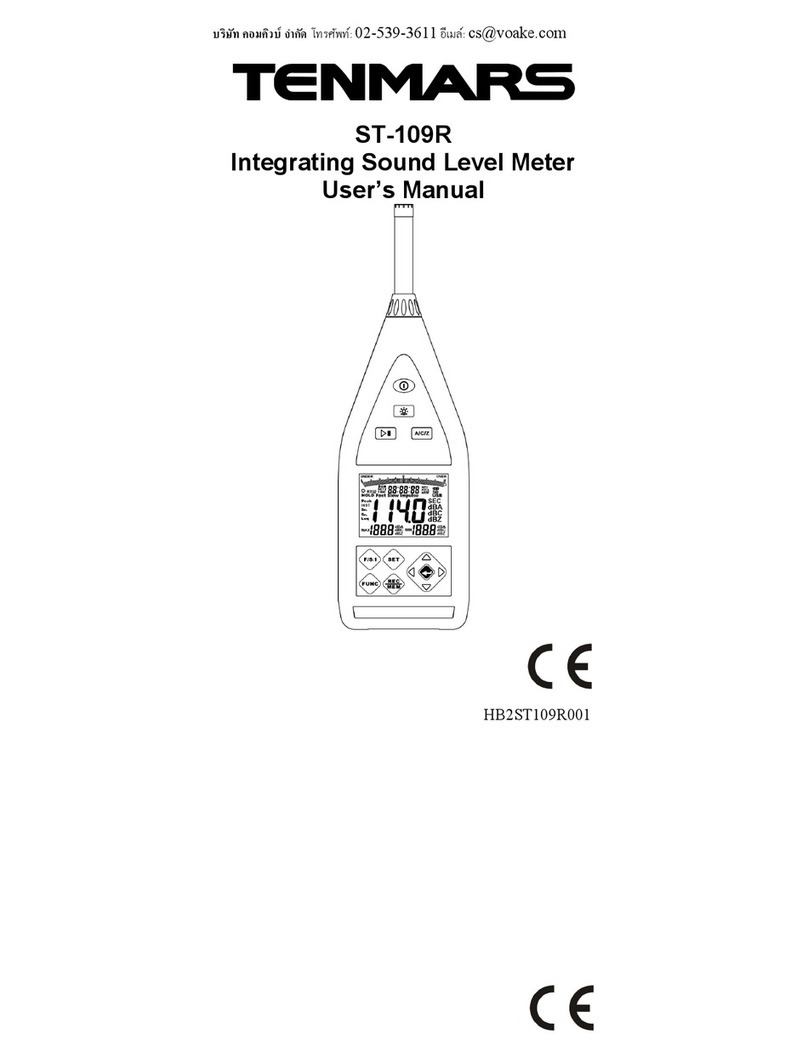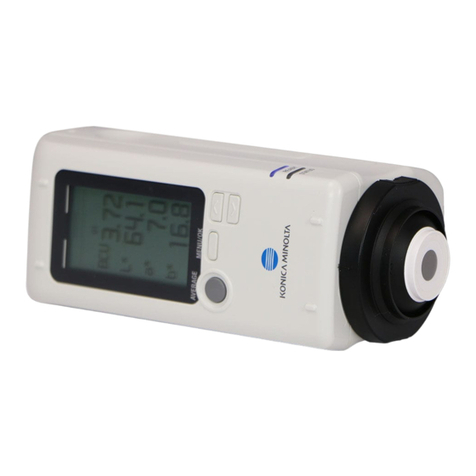CONTENTS:
1. SAFETY PRECAUTIONS AND PROCEDURES.............................................................1
1.1. Preliminary ............................................................................................................2
1.2. During Use ............................................................................................................2
1.3. After Use ...............................................................................................................2
1.4. Definition of measuring (overvoltage) category .....................................................3
2. GENERAL DESCRIPTION..............................................................................................3
3. PREPARATION FOR USE..............................................................................................4
3.1. Initial......................................................................................................................4
3.2. Supply Voltage ......................................................................................................4
3.3. Calibration .............................................................................................................4
3.4. Storage..................................................................................................................4
4. OPERATING INSTRUCTIONS........................................................................................5
4.1. Instrument Description...........................................................................................5
4.1.1. Commands description.................................................................................................. 5
4.1.2. Alignment marks............................................................................................................ 5
4.1.3. Use of rubber test leads holster .................................................................................... 6
4.1.4. AUTO POWER OFF function........................................................................................ 6
4.2. Function key description........................................................................................6
4.2.1. key: enable/disable backlight................................................................................. 6
4.2.2. D-H key: HOLD function................................................................................................ 6
4.2.3. SELECT key: select according to function range indication on the clamp meter.......... 6
4.2.4. R-H key: ........................................................................................................................6
4.3. Description of Rotary Switch Function...................................................................7
4.3.1. AC/ DC Voltage measurement...................................................................................... 7
4.3.2. AC/DC uA current measurement................................................................................... 8
4.3.3. AC Current measurement ............................................................................................. 8
4.3.4. Resistance measurement.............................................................................................. 9
4.3.5. Continuity Test ............................................................................................................ 10
4.3.6. Capacitance measurement ......................................................................................... 11
4.3.7. Temperature measurement......................................................................................... 12
5. MAINTENANCE ............................................................................................................12
5.1. General information.............................................................................................12
5.2. Battery replacement ............................................................................................12
5.3. Fuse replacement................................................................................................13
5.4. Cleaning ..............................................................................................................13
6. TECHNICAL SPECIFICATIONS ...................................................................................13
6.1. Characteristics.....................................................................................................13
6.1.1. Safety..........................................................................................................................15
6.1.2. General data................................................................................................................ 15
6.2. Environmental conditions ....................................................................................15
6.2.1. Climatic conditions ...................................................................................................... 15
6.2.2. EMC ............................................................................................................................15
6.3. Accessories.........................................................................................................15
6.3.1. Standard accessories.................................................................................................. 15


